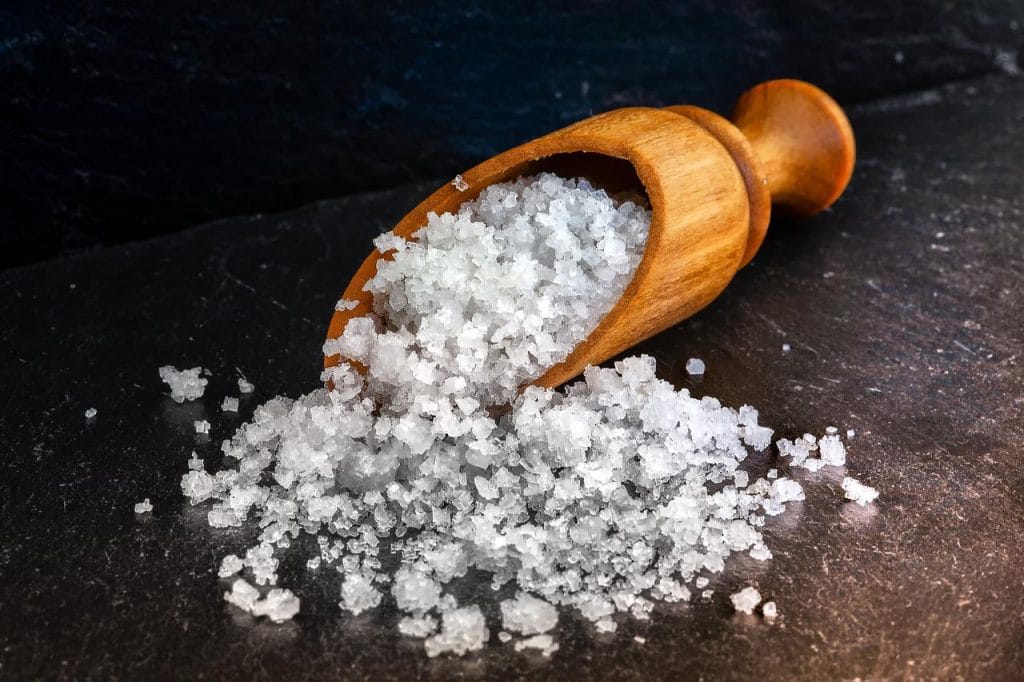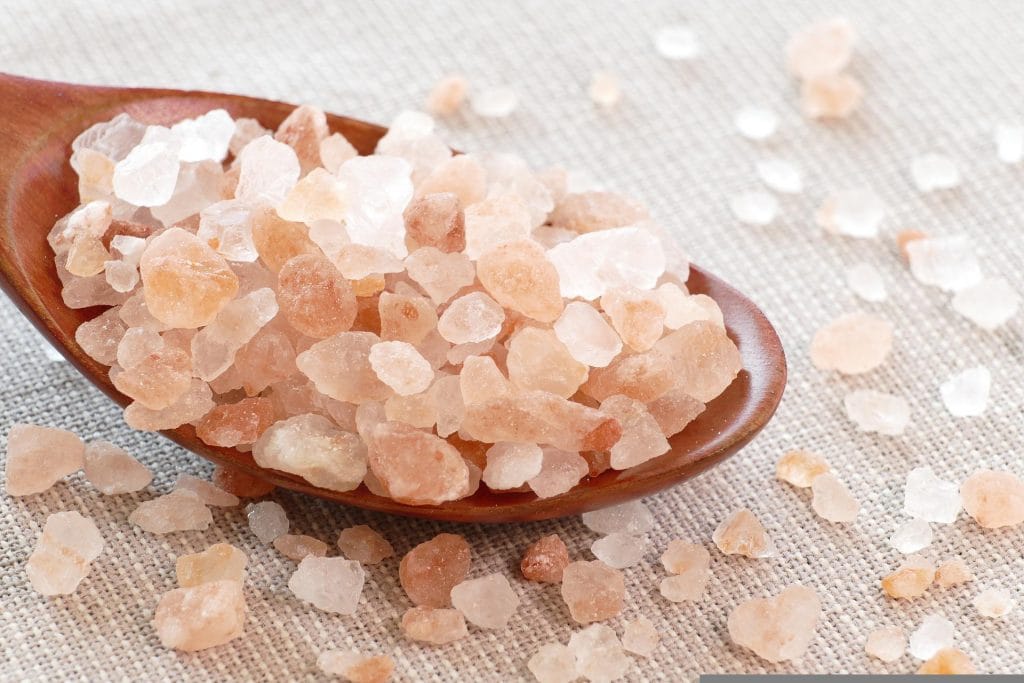There is an opinion that eating sea and pink Himalayan salt is healthier than regular salt. We checked if this is true.
On websitesdedicated to cooking, you can often find information that sea salt contains large number minerals, so it is much more useful than regular one. They write about this and manufacturers such salt, and sellers "healthy" products. Some sources even have comments doctors - supposedly such salt contains the amount necessary for our body nutrients. Many write on the Internet and about miraculous properties Himalayan pink salt. Such articles can be found in publications about a healthy lifestyle, on websitesdedicated to seasonings, in stores eco products. Approvedthat it is “the purest salt on earth”, free from foreign impurities that it contains more than 80 useful minerals and useful for eyes, bones, connective tissues.
First of all, it is worth noting that in our analysis we will focus specifically on the use of salt in food, since sea and other types of salt are often used for inhalations, spa treatments, in cosmetics and for other purposes.
Sea and rock salt are produced in different ways: stone is mined in underground salt mines and then purified from impurities, and sea salt is evaporated from water. Pink salt is mined in different ways: for example, in mines in a deposit in Pakistani Punjab (this is the largest deposit of such salt) or from salt lakes in Crimea. At the same time, underground salt deposits are located in those places where there was once water, so we can say that initially any salt is sea salt.

Both sea and rock salt are more than 90% consist from sodium chloride. Our usual table salt is produced from any type of raw material. Its main difference is that it passes cleaning from other minerals and impurities, then it is crushed. Sometimes an anti-caking agent is added to it, which prevents the salt from clumping (there are some concerns about this, but the European agency Food Safety and American Control The Food and Drug Administration has found these additives to be fairly harmless when used in proper dosage). Also, in many countries, table salt is artificially enriched iodine, which is very useful, since iodine deficiency can cause many health problems, primarily with the thyroid gland. The Russian Ministry of Health even offered make salt iodization mandatory.
Sea salt (more precisely, what is sold in the store under that name, since we have already found out that table salt also “came from the sea”) does not undergo such thorough cleaning, therefore, in addition to sodium chloride, it contains contained and other elements beneficial to humans, such as magnesium, calcium and potassium. Eat They are also in pink salt, as well as zinc, iron and some other substances. It is the impurities that give it such an unusual shade. Some sellers even indicatethat such salt contains more than 90 “amazing minerals”, but among them there are, for example, polonium, radium, uranium and others radioactive elements, as well as arsenic, mercury and lead, which are toxic in certain concentrations. In sea salt due to pollution of the World Ocean there may be contain heavy metals and even microplastics.

However, is unrefined salt really healthier due to its micro- and macronutrient content? Let's look at the example of calcium. Pink Himalayan salt contains 1.6 mg calcium per 1 g. Daily norm consumption for an adult is 1000 mg. It turns out that to get it, a person needs to eat about 625 g of salt per day. WHO advises consume no more than 5 g - 125 times less! As we have already found out, any salt consists of more than 90% (usually about 97%) sodium chloride, which means that the maximum of other minerals that can be contained in that same recommended daily serving is a total of 150-500 mg. For comparison, in addition to calcium, a person needs 300–400 mg per day magnesium and 3500–4700 mg potassium. At the same time, all these substances easily get from others products nutrition.
Thus, there is no evidence that the tiny amounts of minerals found in unrefined sea salt and pink salt can have any significant health benefits. Harriet Hall, MD from the USA, and at all calls the popularity of Himalayan salt is “a victory of marketing over science and common sense.” At the same time, pink salt may contain toxic and even radioactive impurities, and sea salt may contain microplastics and heavy metals. The good news is that they are unlikely to do much harm, since there are just as few of them as there are beneficial substances. In addition, iodized salt is one of the important sources of iodine necessary for human health, and unrefined salt crystals do not enrich it. Therefore, you should choose salt based on taste preferences, and not on hypothetical benefits.
Most likely not true
Read on the topic:
- Is it true that eating salt is harmful?
- Is it true that brown sugar is healthier than white sugar?
- Is it true that green tea is healthier than black tea?
If you find a spelling or grammatical error, please let us know by highlighting the error text and clicking Ctrl+Enter.






